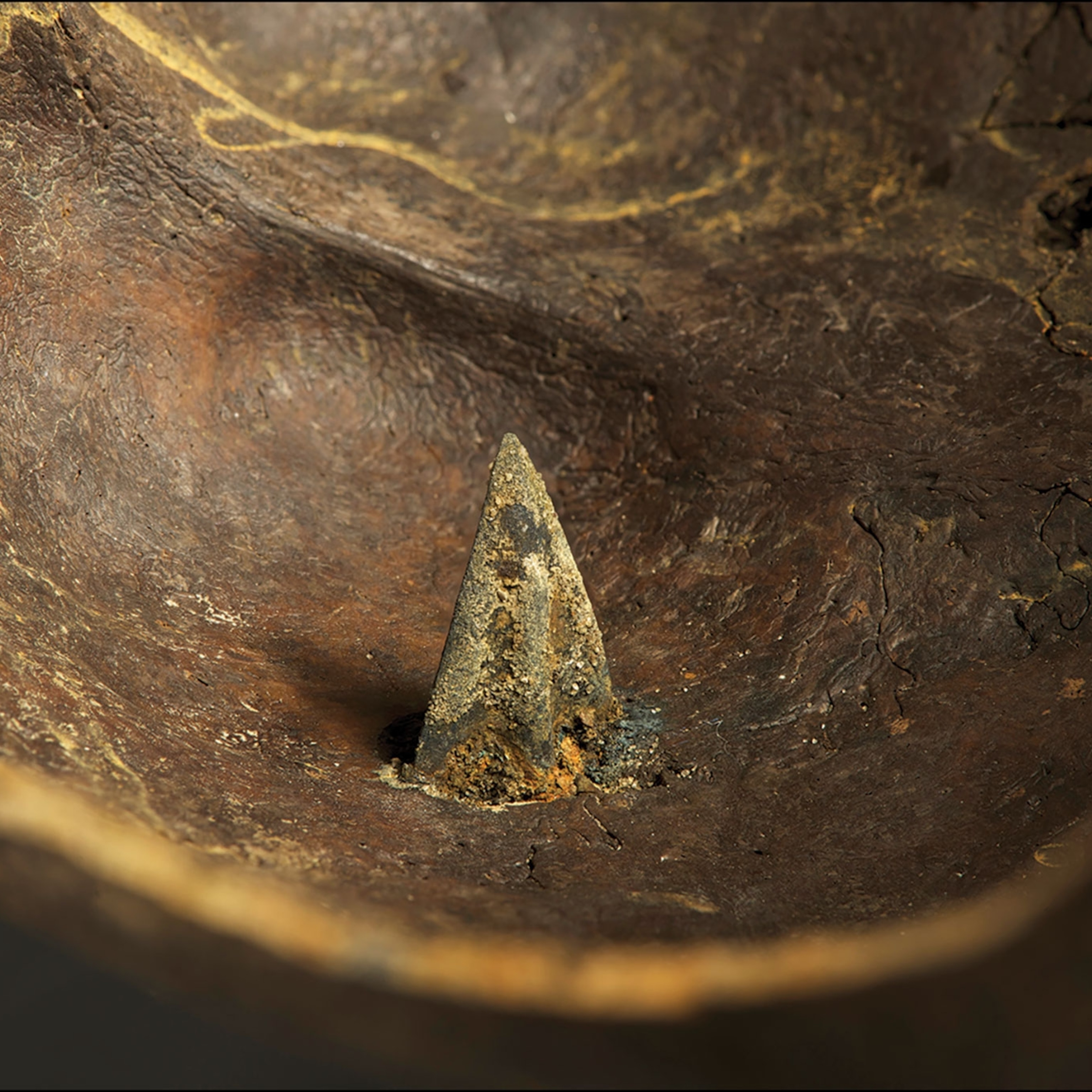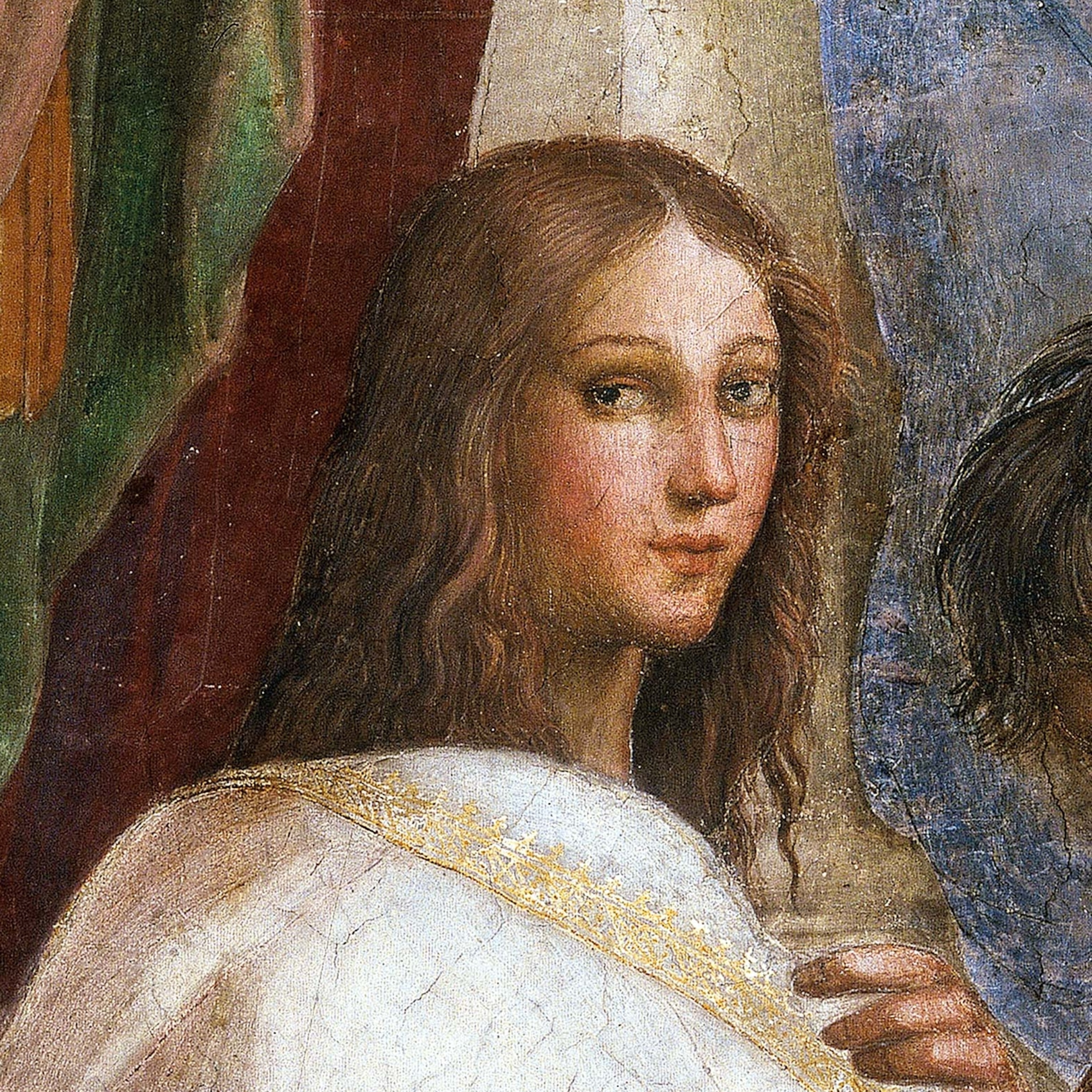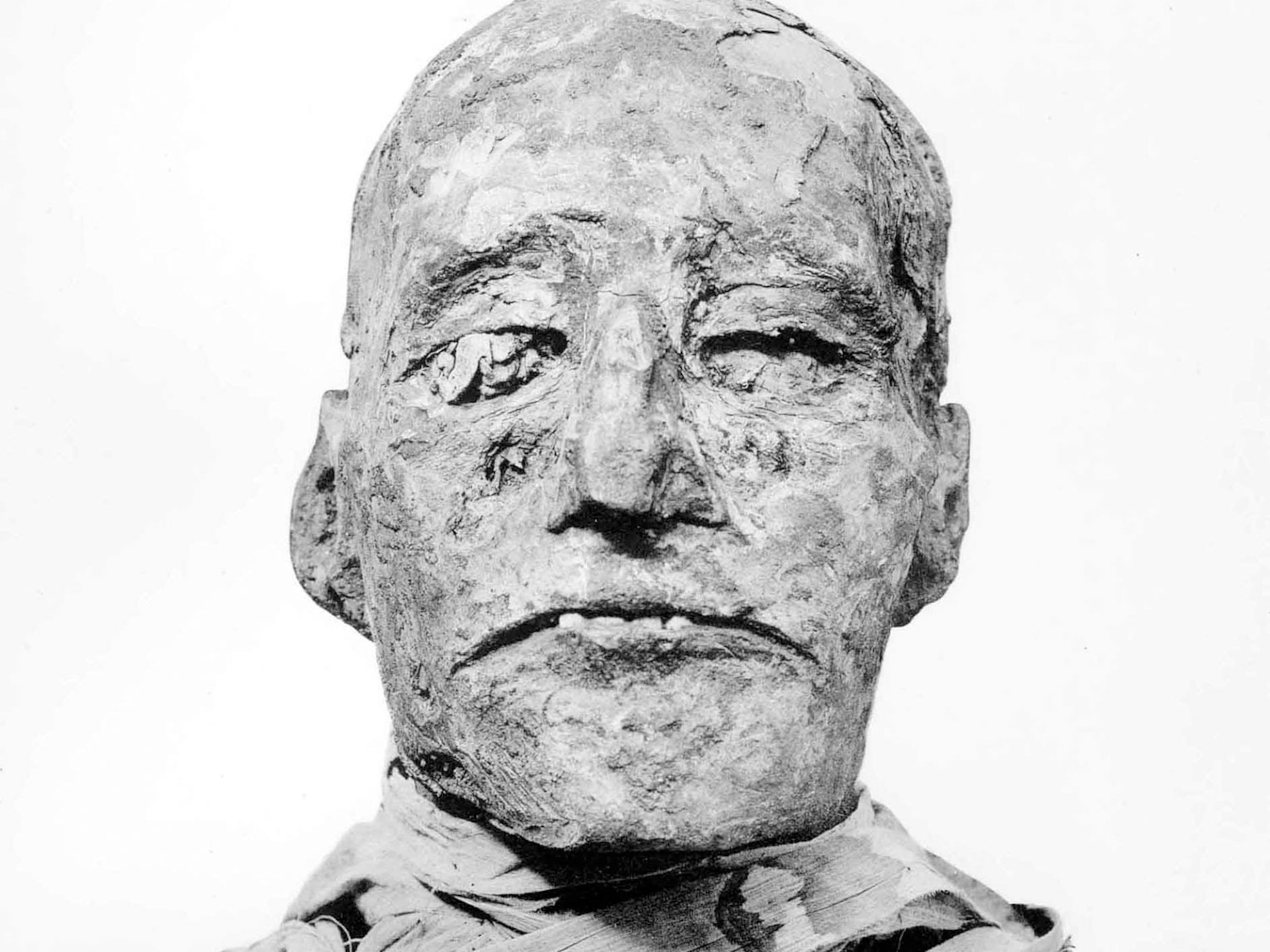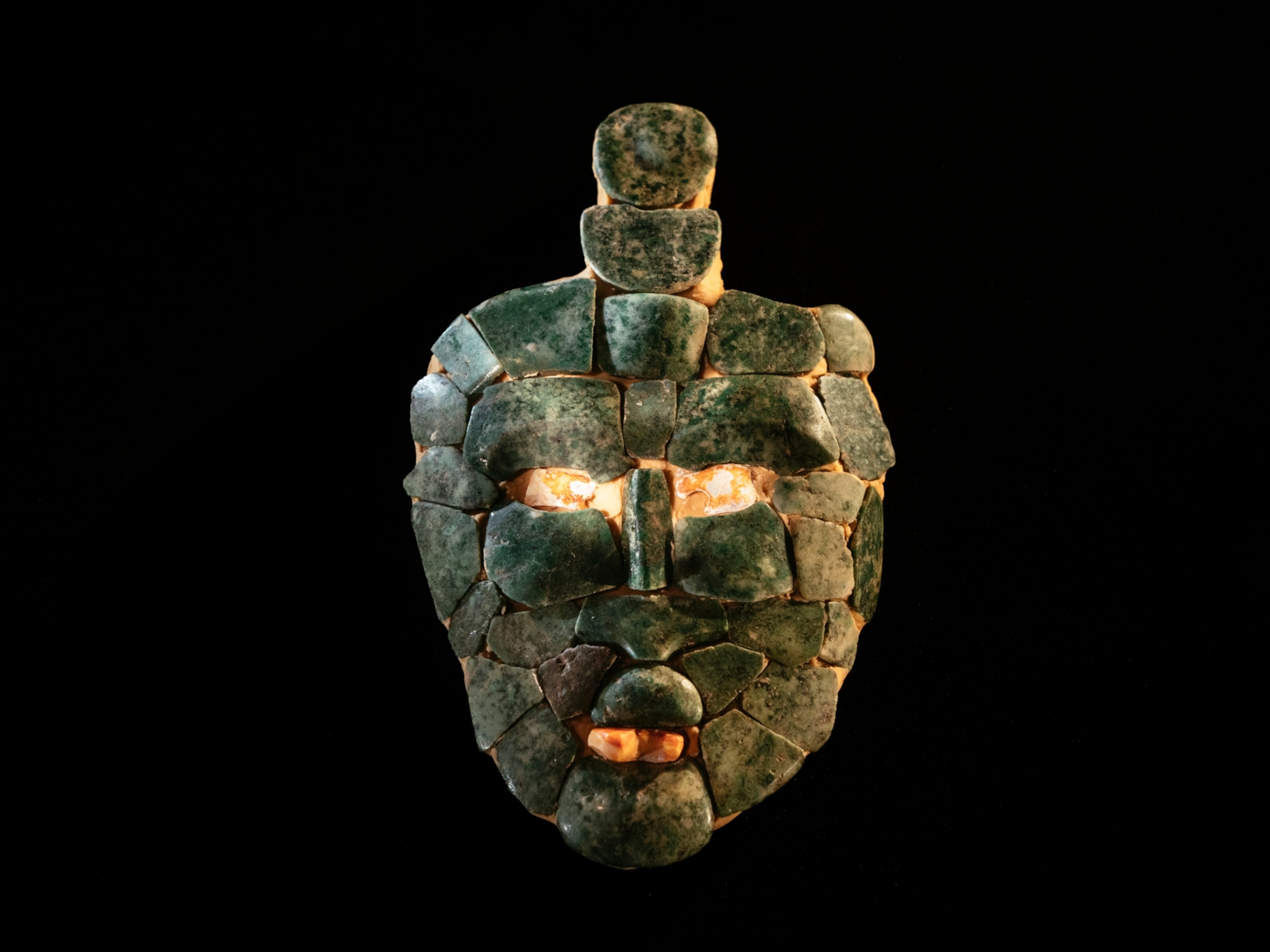There are no Israelite priestesses in the Bible. A 2,400-year-old curse tells a different story.
Though the artifact containing the curse was discovered in 1925, researchers have a new interpretation of its contents: “[Here] we have firsthand proof that such priestesses existed in Jewish temples.”

A new look at a 2,400-year-old message scrawled on a piece of pottery suggests that it may not only be the earliest example of a popular ancient curse, but also the first direct evidence for female priests in Jewish temples.
The 12-word inscription, written in ancient Aramaic, was unearthed in 1925 at the site of an early Jewish temple at Elephantine, an island in the Nile in southern Egypt.
Scholars have debated the inscription’s meaning for almost 100 years, but all agree it refers to a tunic—some have suggested it was a “sacred garment.”
“Behold my tunic, which I left at the [temple]…” it begins.
The latest interpretation, however, is that the message is in fact a curse calling for divine retribution on whoever has stolen the tunic; it also appears to instruct a female authority at the temple to put the curse into action.
“This is the first time that we have first-hand documentation of a priestess—a woman—in a Jewish temple,” says Gad Barnea, a lecturer on Jewish history and thought at the University of Haifa in Israel and author of a new study of the inscription recently published in the journal Religions.
Poetry on pottery
The inscription is written on a broken piece of pottery known by archaeologists as an “ostracon”; such pieces were often used for writing before paper became common.
It was excavated from the ruins of the Jewish temple built on Elephantine in the sixth century B.C., possibly by refugees fleeing the Assyrian and Babylonian invasions of the kingdoms of Israel and Judah. Some scholars refer to these early Jewish temples as “Yahwistic” because their worship sometimes differed from later Jewish practices.
Barnea notes the words of the inscription create a distinct rhythm, which indicates it was recited aloud as a ritual incantation in the temple.
“There is a poetic form in it that no one noticed until now,” he says. “The fact that there is something poetic about this text was the first thing that tipped me off, that there was more to this than just instructions regarding a tunic.”
Most importantly, the Elephantine inscription uses the feminine form of the Aramaic verb “to command,” indicating that the ritual was under the authority of a woman in the temple hierarchy, not a man.
Barnea says that the unnamed woman is commanding Yahweh—using a common poetic device of referring to the deity as “the Lion”—to consecrate a tunic so the person who stole it would become a “temple robber” and not a mere thief, thereby warranting divine retribution for their offense.
“The implications of that are huge,” he says. “In the Bible, we don’t have any priestesses; but here we have firsthand proof that such priestesses existed in Jewish temples.”
Aramaic expert Tawny Holm of Pennsylvania State University, who wasn’t involved in the study, says the research “solves the problem of how to understand this otherwise peculiar ostracon.”
She notes that many similar inscriptions from Elephantine are letters, but this one lacks a formulaic greeting—making the idea that it’s a ritual curse “attractive and convincing.”
Ancient Jewish practices
Ancient records on papyri show a Jewish community flourished on Elephantine until their temple was destroyed in a revolt in 410 B.C. The existence of the temple goes against the traditional Jewish principle that Yahweh should only be worshipped in the temple at Jerusalem. But Barnea notes that similar early Jewish temples may have existed outside Jerusalem in places like Babylon.
And while the Bible suggests that only men can be priests, the inclusion of women in the temple leadership at Elephantine may have reflected a common practice at the time, he says.
The study notes earlier scholarship that suggests early Jewish worship was probably more like that of the Jews of Elephantine than the Jews described in the Bible, who could be seen as a religious ideal: “The Bible is the exception, not Elephantine,” Barnea writes.
Although Holm disagrees that the inscription’s reference to “the Lion” means Yahweh—she thinks it may refer to a subordinate priest—“the intriguing thing here is that the woman functionary has significant authority,” she says.
The ostracon is now the third strand of evidence suggesting women had power in the Jewish temple hierarchy at Elephantine, Holm notes; the others are a papyrus text about a female “servant of Yahweh” named Tapemet, and an enigmatic papyrus that suggests Aramaic speakers in ancient Egypt were familiar with women being priests.
Dartmouth College’s Susan Ackerman, a professor of religion and women’s studies who also wasn’t involved in the study, agrees with Barnea that the Biblical portrayal of Judaism may not be an accurate picture of the ancient Israelite religion.
Ackerman says she’s not opposed to the idea that there could have been priestesses in the ancient Israelite religion, but notes it could simply be an example of Egyptian religious influence on Jewish practices at Elephantine in particular.
“Elephantine… demonstrates in many ways that biblical norms need not hold among the larger Jewish community,” she says.
A curse against thieves
As well as being rare evidence for Jewish priestesses, the Elephantine ostracon is also a crucial historical document.
Barnea says the form of the inscription follows a formula for a “curse against thieves,” in which a stolen item is made sacred so the deity assumes the task of punishing the criminal; not only is it the earliest example of this type of curse, which became very popular in the Greco-Roman world, but it is also the sole record of any ritual performed at a temple to Yahweh, he says.
Barnea adds that some physical characteristics of the inscription suggest it was copied beforehand by a scribe and stored with blank spaces that could be filled in for a paying customer—in this case, a woman named Slwʾh. (The practice of having ready-made curse tablets at temples was common in Roman times.)
And the scholar dismisses the suggestion that any earlier artifacts may have amounted to a Yahwistic curse: “This is the oldest Jewish curse out there,” he says.






